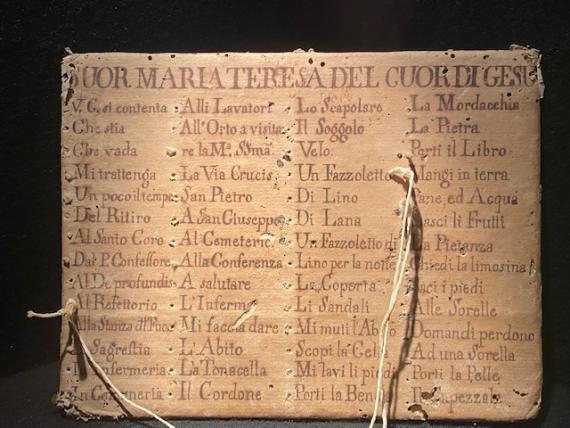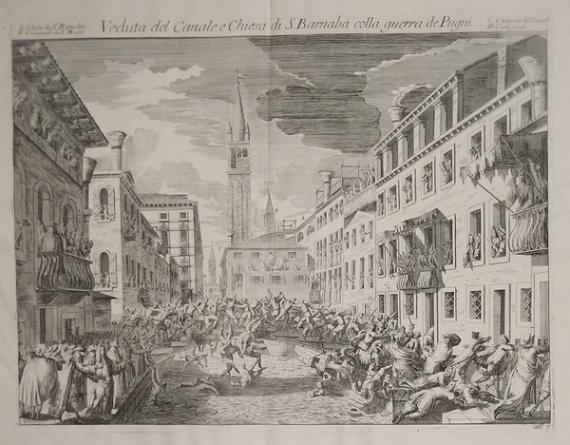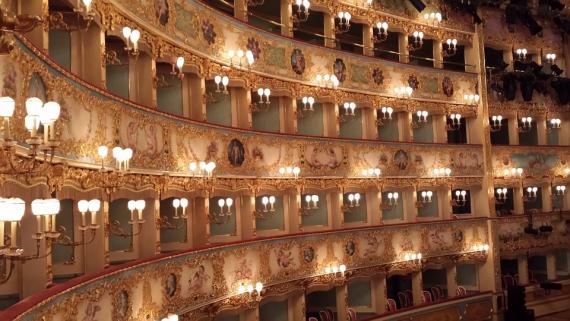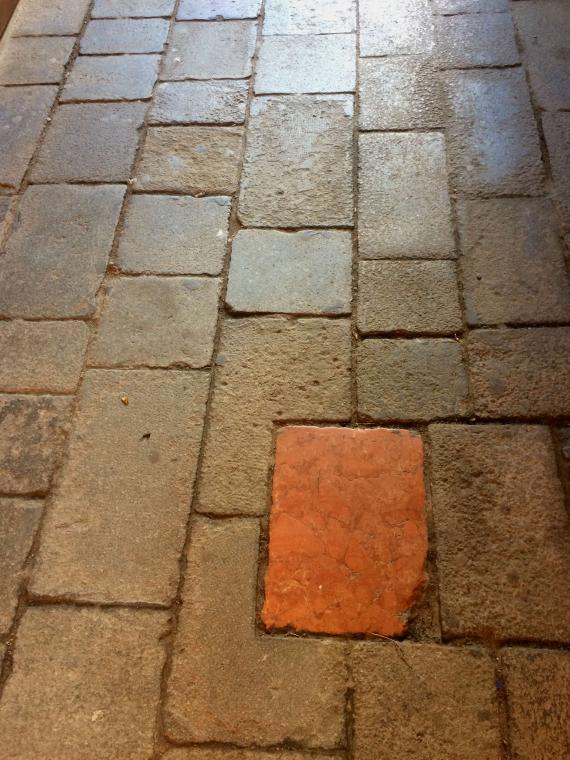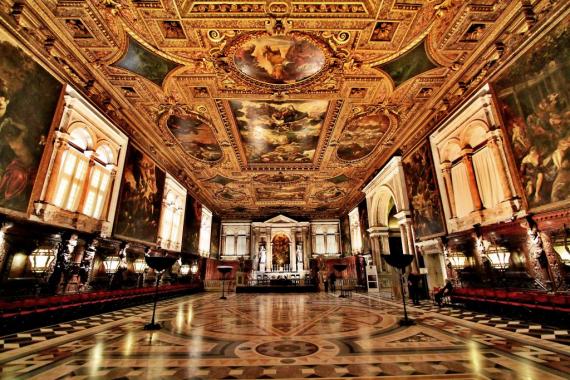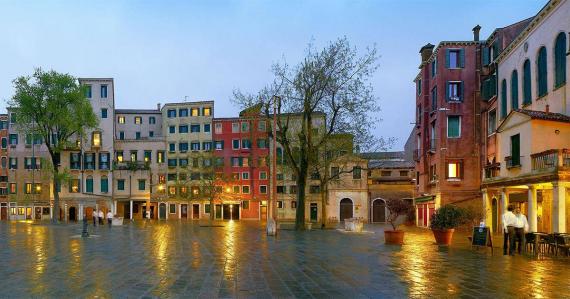The Rio delle Eremite, with its fondamenta, is a tranquil and secluded corner of the city, just steps away from the busy pedestrian artery connecting S. Margherita and S. Barnaba to the Accademia and the center.
Explore Venice's Must-See Attractions: this comprehensive guide covers the city's main points of interest, from historic buildings and ancient palaces to its famous bridges and streets. Each entry is enriched with informative details about their history, artistic significance, and unique curiosities. Additionally, you'll find a curated selection of photos and practical information to help you easily locate and visit these sites in the city.
On the Rio di S. Barnaba stands the Ponte dei Pugni, a bridge of particular importance in the tradition of Venetian festivals.
It is the main opera theater in Venice, one of the most elegant in Italy. It was built during 1790-92 by the Noble Society of the Neoclassical architect Gianantonio Selva. Even if the lead times were actually reduced, there were many groups opposite to the realization of the new theatre, who drove their disapprovals to the position and to the increase of expenses compared to the 400.00 ducats expected. The inauguration was on May 16th, 1792 – during the Ascension day – with the play “I Giochi di Agrigento” by Giovanni Paisiello upon libretto of the count Alessandro Pepoli.
During the long history of Venice, many tales regarding the city and its most particular places are born. Some come from real facts, some are the result of Venetians’ fantasy.
Who didn’t stop just once at San Rocco’s Square to listen to the many street performances just beside the church? And maybe sat on the church’s stairs just to give one’s legs some rest after a full day walking around the city, getting lost through little narrow streets and squares, because that’s the beauty of Venice?
The word ghetto, unhappily known worldwide, has Venetian origin. Sure enough, in the 16th century here was born the first isolation place for Jewish, whose toponym has origin from the presence in this area of old public foundries where they throw (“gettavano” in Italian) the bombards. The Venetian word gèto, probably influenced by the German accent, give birth to the word ghetto.

